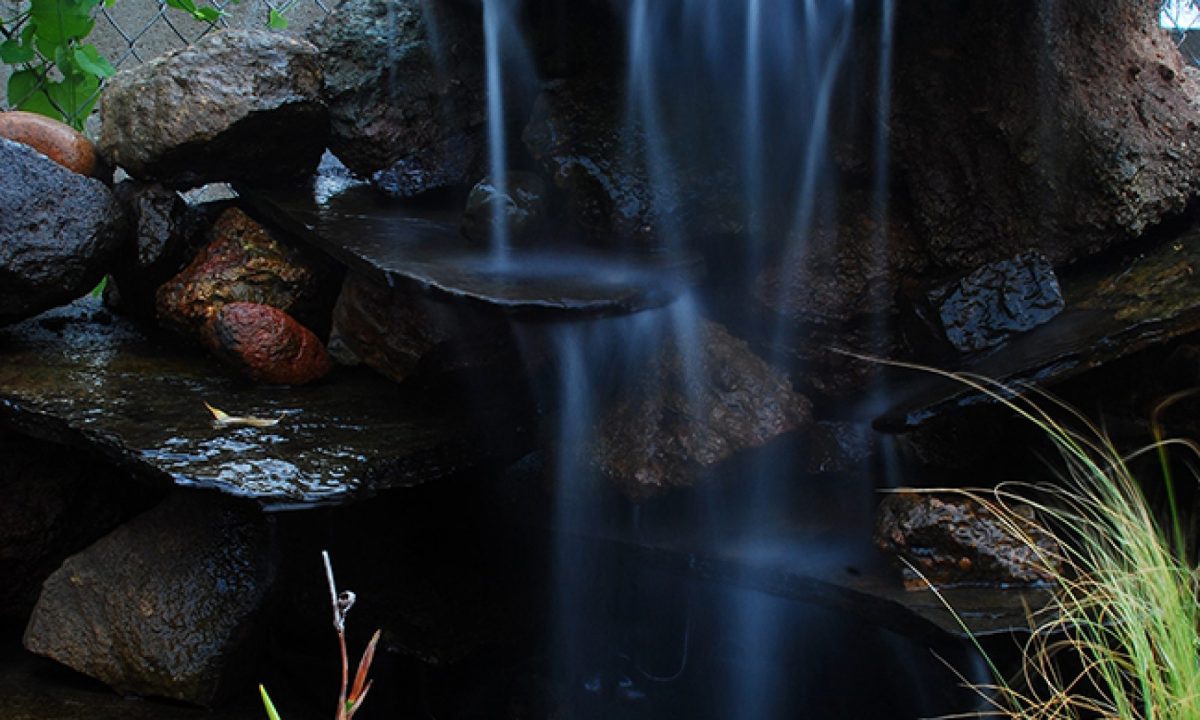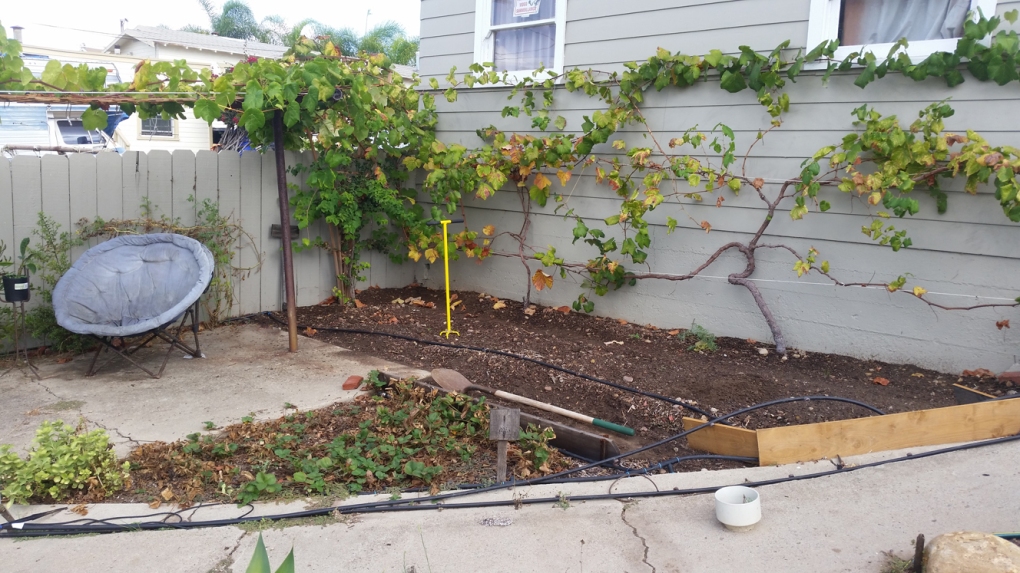Before I begin this post, I’d like to say how today was total providence!
I began this project around 9 am as overhead clouds hung low and fat with a promise of rain. After having THE hottest summer in recorded history, getting a day like today to work outside is truly a gift. As I labored away, which you will see below, I would often stop and look up with a ginormous grin on my face as fat drops of water pounded my face.
Exactly when I took my very last photograph after finishing this project, the sun popped out around 2pm and the heat came back with a vengeance. Just as I was slipping in the front door to sit in front of my many fans. My feelings can best be summed up via the masterpiece film A Scanner Darkly, based on the Phillip K. Dick novel. See it. Read it. Now.
I’m calling this a sign that today’s post was meant to be. That said, let’s begin.
My coastal coral tree, which I’ve written about a few times here, has proven to be quite the fast grower. Every year it doubles in size. Much to my immense pleasure. Here it is as a young pup. Also, this specimen was from a branch cutting . You can learn how to propagate coastal corals right over here. Or how to prune this tree over here.
It’s grown so damn fast that the paltry tree ring I placed lovingly around it is now dwarfed in only two years. It looks like a poor geisha girl with feet bound and shoes too tight. That, coupled with some incessant crab grass, has caused me to want to remedy the situation. Just look at this unsightly mess!
Good lord! You can’t even see the ring any more! Something must be done to free up the tree trunk as well as the carnations surrounding it. In case you’re about to cast judgment upon me for the length of my grass, rest assured it is completely intentional. This summers experiment involved some tight state-mandated water restrictions because of our continued drought.
I am proud to say that I’ve maintained a lush and healthy green lawn ALL season long. Using about 30% of the water I used in previous years. The length of the grass is all part of the experiment. A rather successful one at that. Interested in learning more? Go here.
But let’s get back to our new tree bed shall we? Continue reading “A New Bed for the Coastal Coral Tree with a Cardboard Weed Barrier”






